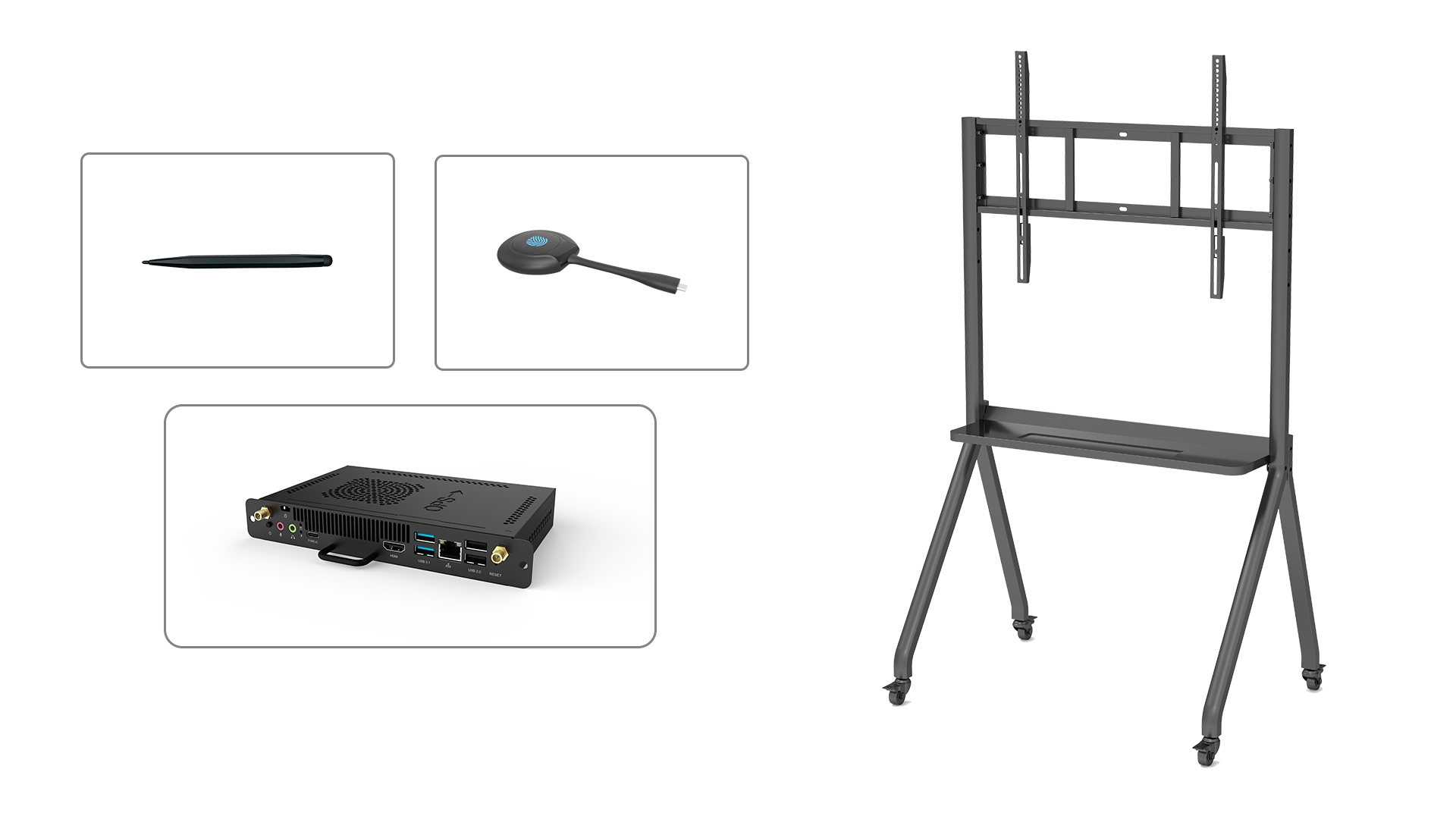Enhancing Engagement and Collaboration: The Rise of Interactive Display Screens
Interactive display screens have become increasingly prevalent in various sectors, revolutionizing the way we communicate, collaborate, and learn. With their seamless integration of touch technology and high-resolution displays, these screens offer a host of benefits that traditional displays simply cannot match. In this article, we will explore the many prospects of interactive display screens and delve into the ways they are transforming industries worldwide.
1. Interactive Displays in Education: Fostering Engaged Learning Environments
In the field of education, interactive display screens have emerged as powerful tools for facilitating engaged learning environments. These screens enable teachers to present dynamic content, such as videos and interactive applications, fostering an immersive learning experience for students. With the ability to annotate directly on the screen, students can actively participate in discussions, enhancing their comprehension and retention of the material.
2. Interactive Displays in Business: Elevating Presentations and Collaboration
In the corporate world, interactive display screens have become indispensable tools for presentations and collaboration. Gone are the days of static PowerPoint slides; these screens allow presenters to interact directly with the content, making presentations more engaging and memorable. Moreover, these displays facilitate collaborative work, as teams can gather around a large touchscreen to brainstorm ideas, annotate documents, and seamlessly share information.
3. Interactive Displays in Healthcare: Enhancing Patient Care and Diagnostics
Interactive display screens are also making their mark in the healthcare industry, transforming patient care and diagnostics. Medical professionals can view and interpret diagnostic images, such as X-rays and MRIs, on high-resolution screens, enabling more accurate diagnoses. Additionally, these screens can be used during patient consultations to visually explain conditions, treatment plans, and surgical procedures, improving patient understanding and engagement.
4. Interactive Displays in Retail: Creating Immersive Shopping Experiences
Retailers are leveraging interactive display screens to create immersive shopping experiences for their customers. These screens allow shoppers to explore products in a dynamic and interactive manner, offering detailed information, product comparisons, and even virtual try-ons. By providing a more engaging and informative shopping experience, interactive display screens have the potential to increase customer satisfaction and boost sales.
5. Interactive Displays in Museums: Bringing Exhibits to Life
Interactive display screens have become an integral part of museum exhibits, breathing new life into static displays. Visitors can now interact with touchscreen displays to access additional information, watch videos, and engage in interactive activities related to the exhibits. This not only enhances the educational value of museums but also provides a more enjoyable and memorable experience for visitors of all ages.
6. Interactive Displays in Hospitality: Enhancing Guest Experiences
In the hospitality industry, interactive display screens are being used to enhance guest experiences and streamline operations. Hotels and resorts are adopting interactive screens for self-check-in processes, digital concierge services, and wayfinding systems. These screens provide guests with convenient and personalized information, while also reducing staff workload and improving overall efficiency.
7. Interactive Displays in Transportation: Revolutionizing Passenger Information
Interactive display screens are revolutionizing the way passengers receive information in transportation hubs such as airports, train stations, and bus terminals. These screens can display real-time updates on arrivals, departures, and delays, helping passengers navigate through the complex environment. Moreover, interactive maps and wayfinding features make it easier for travelers to find their way, enhancing the overall passenger experience.
8. Interactive Displays in Entertainment: Immersive Gaming and Beyond
Interactive display screens have taken gaming and entertainment to new heights. From gaming consoles to interactive theme park attractions, these screens offer immersive experiences that blur the line between reality and virtual worlds. With advanced touch and motion-sensing technologies, interactive displays provide a level of interactivity and engagement that traditional displays cannot replicate.
9. Interactive Displays in Public Spaces: Informing and Engaging the Community
Public spaces, such as shopping malls, airports, and city centers, are embracing interactive display screens to inform and engage the community. These screens can display real-time news updates, weather forecasts, event schedules, and interactive maps. By providing valuable information and interactive features, these displays enhance the overall experience of visitors and residents alike.
10. Interactive Displays in Manufacturing: Streamlining Operations and Training
In the manufacturing industry, interactive display screens are being used to streamline operations and training processes. These screens can display real-time production data, enable interactive training modules, and provide visual work instructions. By leveraging the power of interactive displays, manufacturers can improve productivity, reduce errors, and enhance the overall efficiency of their operations.






